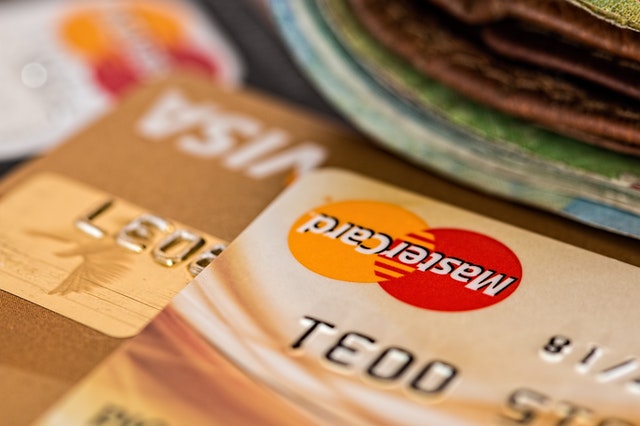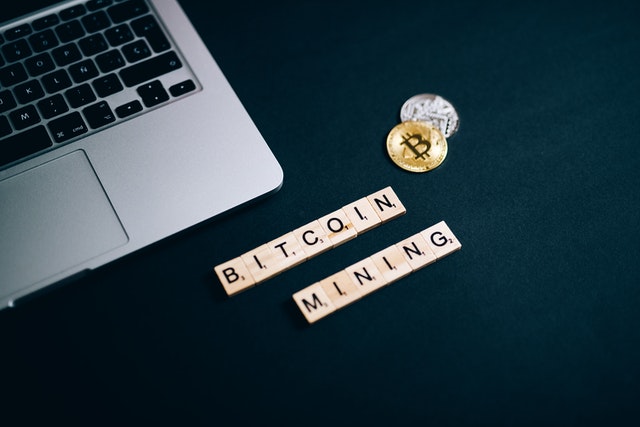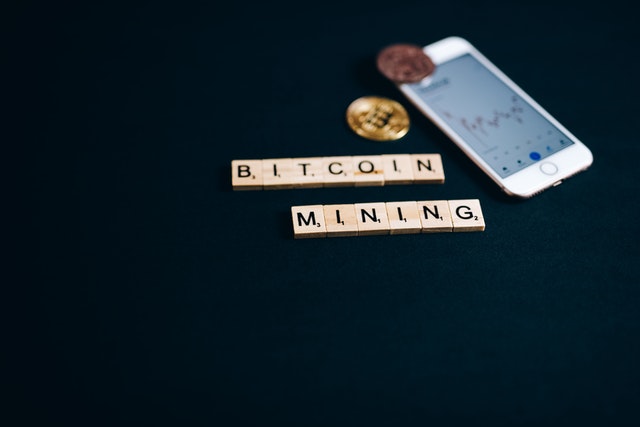A Coinbase executive made a very interesting remark fairly recently. We all know, Amazon Web Services (AWS), or at least we should. It is one of the world’s most prominent providers of cloud services on the globe. Coinbase says it wants to become that for the cryptocurrency space. Coinbase is a cryptocurrency exchange that is continuously growing in success and profitability. It is based in the United States and is clearly ambitious to see itself continue to grow.
The Chief Product Officer of Coinbase, Surojit Chatterjee, said their company wants to become the AWS of crypto when he was interviewed exclusively by Forbes. He added that they are constructing a comprehensive Coinbase cloud suite of products. He stated that these products can be thought of as crypto computing services. The goal of these services would be to assist developers in building applications quicker.
The Progress Coinbase is Making
Coinbase purchased Bison Trails. The company purchased Bison Trails earlier this same year. Rumour has it that the deal cost Coinbase US$ 80 million. Coinbase says that Bison Trails is a service that does not manage the user’s staked assets. The company has since rebranded the service to “Coinbase Cloud”.
About Coinbase’s Inspiration
Amazon has several divisions. Previously, Amazon Web Services was just a secondary one. It has been around for 20 years now. Over the years it has grown to become the cash cow for Amazon. In 2020 alone, AWS generated US$ 13.5 billion in annual operating earnings. This was on a revenue base of US$45.3 billion. That stands for 63% of the parent company’s revenue. That’s very noteworthy financial progress.
Coinbase executives have added that they want to become the Amazon of cryptocurrencies immediately. The exchange is not prominent because of it being the main digital cryptocurrency service. Rather it is because it has the most comprehensive direct listing over. This makes Coinbase dependent on transaction fees.
Similarties with other Companies
Services like Facebook (now called “Meta”) and Google also have a reliance on a single category of revenue. This creates a vulnerability, for Coinbase and other service providers like it. In Coinbase’s case, this means that if the exchange suffers significant price swings in the downward persuasion, then Coinbase’s profits are significantly affected. This volatility is a real concern.
The Future for Coinbase
The exchange aims at boosting trading income by offering subscription services to its users. These services would not be affected by the price swings that the company currently endures. As of now, Coinbase offers various services. Some of these services include institutional custody services and staking possibilities. It also offers a learning portal that gives users crypto rewards. Another services Coinbase also has e-commerce checkout system and the capability to issue Visa debit cards to its clients. An innovation that it is testing out at present is a subscription service that would offer users a monthly trading allowance for a fixed price.
Significance of Coinbase buying Bison Trails
Chatterjee states that the purchase of Bison Trails was an important step to transitioning for Coinbase. This step allowed the company to adopt a more mature financial system. As of now, the platform has support for several types of holders. These are crypto custodians, funds, decentralized apps, and token holders. Some of the clients using this new service include Turner Sports, Current (a fintech firm), and Andreessen Horowitz.
How it’s looking so far for Coinbase?
Coinbase Cloud currently has about US$ 30 billion in cryptocurrency assets staked on its platform. This is as of November 2021. The exchange as a whole has 73 million genuine customers, 185,000 ecosystem partners, and 10,000 organizations in 100 countries. Coinbase says that since the company began it has conducted transactions to the total value in excess of US$ 700 billion. It is worth watching and seeing the developments that Coinbase has in store.















































